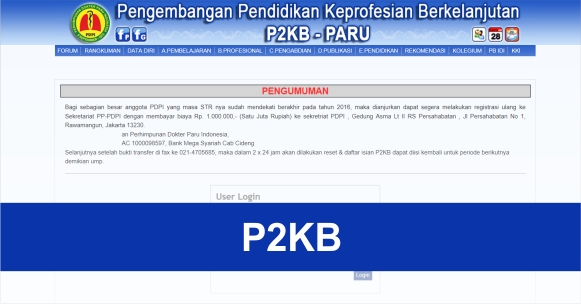Type II Conventional DCs of Asthmatic Patients with Frequent Exacerbations have an Altered Phenotype and Frequency
Extract
In the last decades it has become clear that dendritic cells (DCs) critically contribute to the development of T helper 2 (Th2)-mediated allergic diseases, such as asthma. Two main conventional DC (cDC) subsets, type 1 cDCs (cDC1s) and cDC2s, can be identified based on the expression of cell-surface molecules and transcription factors [1]. Using mouse models in which specific DC subsets are targeted or by adoptive transfer of DC subsets, it has been shown that upon activation in the airways cDC2s migrate towards the lung-draining lymph node where they induce allergen-specific Th2 cells, which subsequently promote eosinophilic airway inflammation [2]. The role of cDC1s in asthma is more controversial, although most recent reports indicate that cDC1s can efficiently suppress allergic airway inflammation [3], either by the induction of regulatory T cells [4] or through increased interleukin (IL)-12 production [5]. These functional properties of DC subsets were evaluated in mouse models, but to date it is unclear how these findings reflect the characteristics of cDC subsets in asthmatic patients with different disease severities. Therefore, we questioned whether DC subset frequencies and the surface expression of co-stimulatory and co-inhibitory molecules differ between healthy persons and asthmatic patients. To investigate this, we focused on the Th2-stimulatory molecules (CD86, OX40L) and Th2-inhibitory molecule PD-L1 [6–8].











